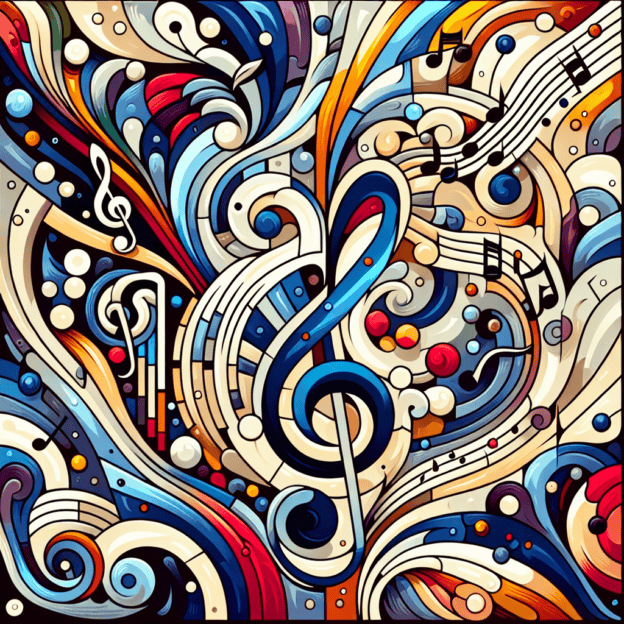Let's talk about the often underrated but absolutely fascinating F# chromatic scale. While it may seem like just another set of notes to practice, there's history, influence, and a whole lot of musical significance tied to it. So, grab your clarinet, and let's pull back the curtain on this musical gem!

Clarinet Fingering Charts are always FREE at MartinFreres.net!
Introduction to F# Chromatic Scale
When clarinetists talk about scales, the F# chromatic scale often takes a backseat to more popular ones like C major or G minor. However, this scale plays a significant role in clarinet music. Exploring the F# chromatic scale reveals a world of rich tonal colors and intricate musical expressions.
The F# chromatic scale includes the notes F#, G, G#, A, A#, B, C, C#, D, D#, E, and E#. It's a complete toolkit for musicians! But why is it particularly important for clarinetists?
Composition and the F# Scale
Many remarkable pieces have been written with this scale as their foundation. Composers like Eric Whitacre and Igor Stravinsky have created works featuring complex melodies and harmonies based on chromatic scales, including F#. These compositions test both the technical skills and emotional depth of players and listeners.
| Composer | Notable Work | Key Features |
|---|---|---|
| Eric Whitacre | “Cloudburst” | Chromatic clusters, ethereal harmonies |
| Igor Stravinsky | “The Rite of Spring” | Dissonant chromatic passages, rhythmic complexity |
Jazz and Improvisation
In jazz, the F# chromatic scale is a valuable tool for improvisation. Jazz clarinetists like Benny Goodman and Sidney Bechet have used the F# scale to create exciting solos that captivate audiences. The sharp notes in this scale allow for expressive bends and slides, bringing melodies to life!
Historical Significance
The chromatic scale's importance isn't new. Musicians have been using these notes long before jazz became popular. The chromatic scale's roots go back to ancient times when musicians experimented with different pitches and tones, exploring the entire range of sound. Over time, the F# chromatic scale has evolved, leading to its varied uses in today's music.
Clarinet Techniques
The F# chromatic scale helps clarinetists develop advanced fingerings and embouchure control. Many find that practicing this scale significantly improves their agility and precision, preparing them for both classical and modern pieces. Imagine smoothly transitioning through all these notes during a performance!
Educational Importance
Music schools recognize the value of this scale and include it in their teaching programs. Teachers often emphasize practicing the F# chromatic scale, encouraging students to explore its unique sound. A well-rounded musician should be familiar with every aspect of their instrument, after all.
Collaboration and Ensemble Playing
The F# chromatic scale is great for collaboration. Whether you're playing with a pianist, in a jazz band, or with an orchestra, its intricacies can enhance group performances. It blends well with both major and minor keys, allowing musicians to explore various styles in their performances.
Conclusion
Next time you practice, give the F# chromatic scale some attention. Appreciate its historical importance and current relevance. Your playing will improve, and you'll develop a deeper connection with your music. Ready to make the F# chromatic scale your new favorite?
Table of Contents
- Introduction to F# Chromatic Scale
- Composition and the F# Scale
- Jazz and Improvisation
- Historical Significance
- Clarinet Techniques
- Educational Importance
- Collaboration and Ensemble Playing
- Conclusion








